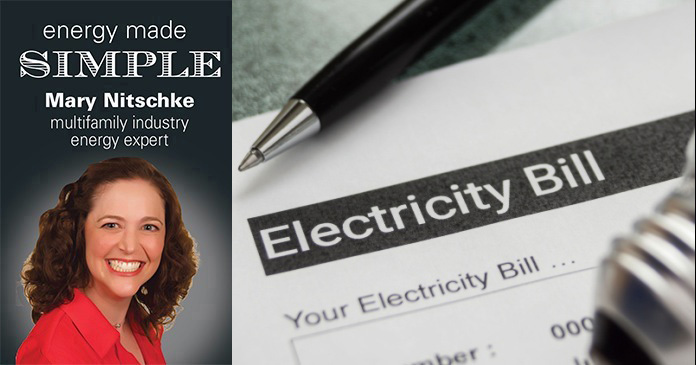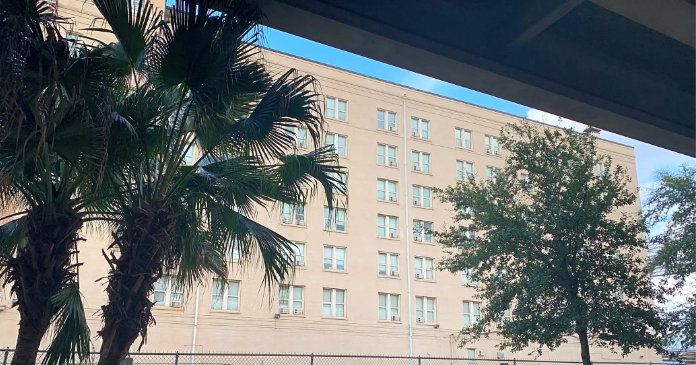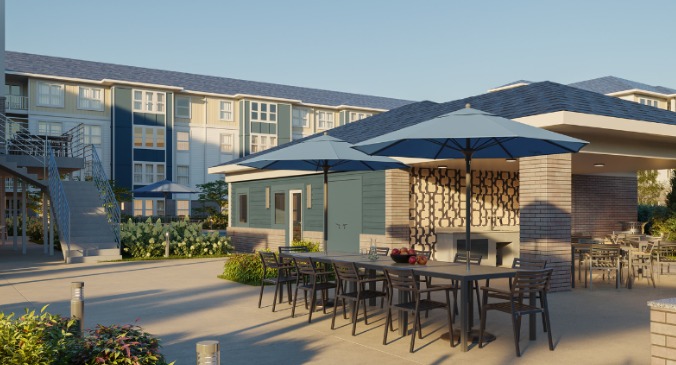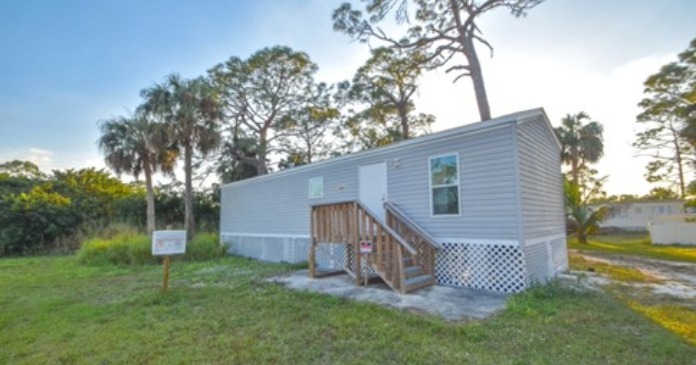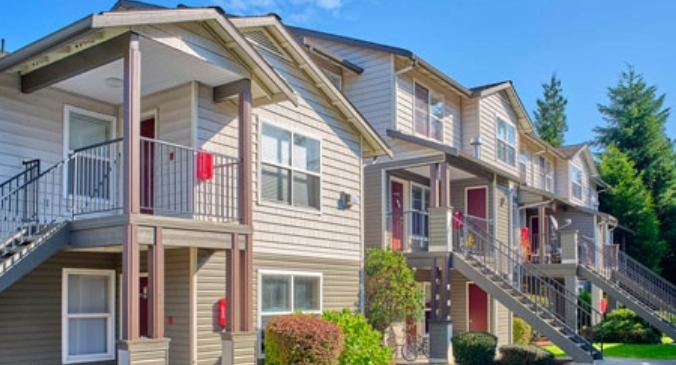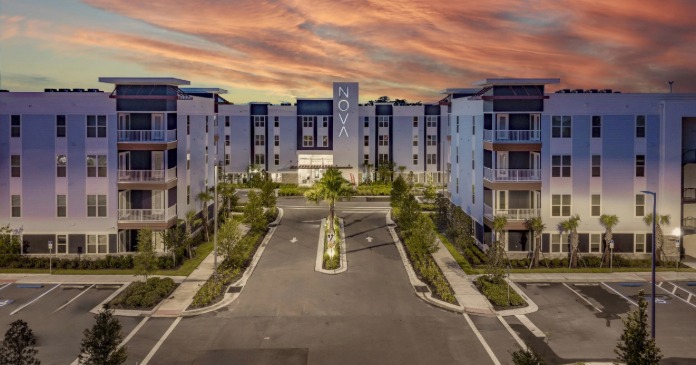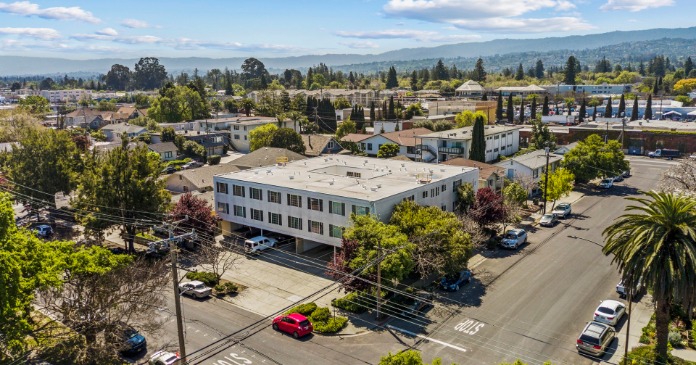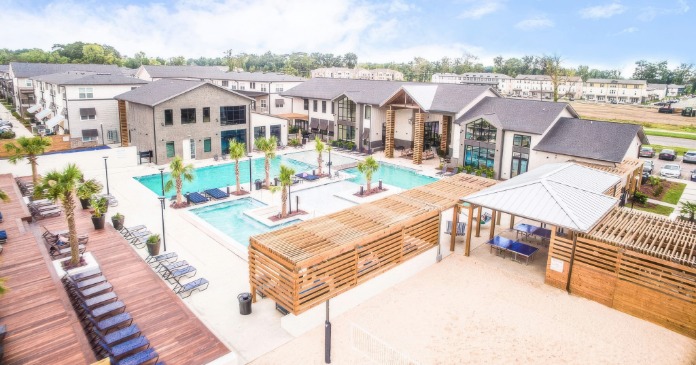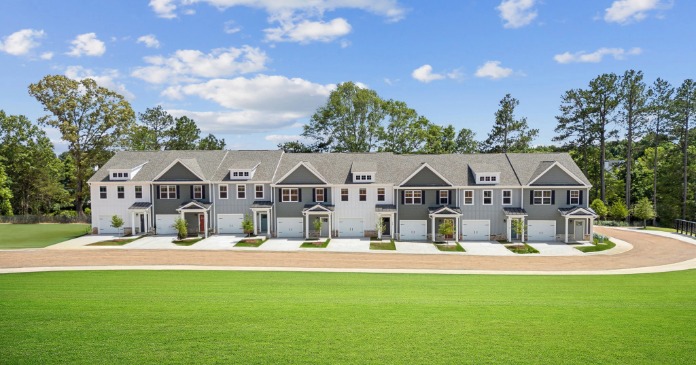Winston Churchill once said, “The longer you can look back, the farther you can look forward.” I like that as I think understanding history is like looking at the consumption patterns of a building or community. We know how it has performed in the past, which allows us to predict and budget for future performance, and potentially disrupt the pattern through conservation retrofits or adjustments to maintenance procedures. (I apply the look back to look forward method to technology and film too; if you haven’t seen the 1970 film, “Colossus: The Forbidden Project” then you might not be ready to use AI.)
It is interesting to see discussions erupting now on how to engage residents with respect to changing their utility consumption. We talk about this like it is unexplored territory. However, while I am excited to be talking about energy consumption for the first time, we have been successfully engaging residents with water submetering for decades.
Prior to the adoption of submetering, buildings were master metered only and all water, sewer and trash expenses were included in the rent. The shift toward water submetering—installing individual meters for each unit—marks a pivotal point in the history of sustainable property management.
Water and wastewater costs began their steep climb in the mid-1990s. As these utility expenses consumed a larger portion of rental income, property owners began searching for a mechanism to allocate costs fairly and to reduce overall consumption. Some of the first property management companies to adopt submetering, like UDR, saw a significant reduction in resident consumption with their implementation of submetering. Today you can find countless case studies on how properties adopting submetering achieve a significant reduction in consumption.
The core impact of water submetering lies in its ability to provide consumption visibility to the residents. When tenants move from a system where water is included in the rent to one where they receive a monthly bill based on their actual usage, a powerful behavioral change occurs.
Key effects of this visibility include:
- Behavior Modification: Studies, including those funded by the U.S. Environmental Protection Agency, have shown that shifting from master metering to submetering can lead to a significant drop in overall water consumption—often 15% or more on average. Residents become immediately more mindful of long showers, running toilets, and leaving the tap on.
- Leak Detection: One of the most critical, immediate benefits is the early identification of leaks. In master-metered buildings, a running toilet or faulty faucet in an individual unit can waste thousands of gallons unnoticed for months. Submetering provides granular usage data that allows property management and residents to quickly spot and address anomalous, high consumption, preventing both water waste and extensive property damage. The notion of using submetering for leak detection is surprisingly new. I was once told by an executive at a software company that I didn’t understand how submeters worked, that submeters could only be read once per month for billing and were not a solution for leak detection. That individual was incorrect and there are now countless leak detection solutions out there using submeter reads for leak detection and resolution.
As we look forward at the potential for conservation in energy consumption, the history of water submetering in multifamily housing informs us how to prepare for the future. By moving the water utility from an invisible cost to a visible expense, submetering empowered residents to become active participants in conservation. This shift toward accountability and transparency has proven to be one of the most effective strategies for reducing consumption, driving sustainability, and lowering operational costs across the multifamily sector. Energy is our next chapter and our current challenge, but studying the history of water submetering can guide us forward.




